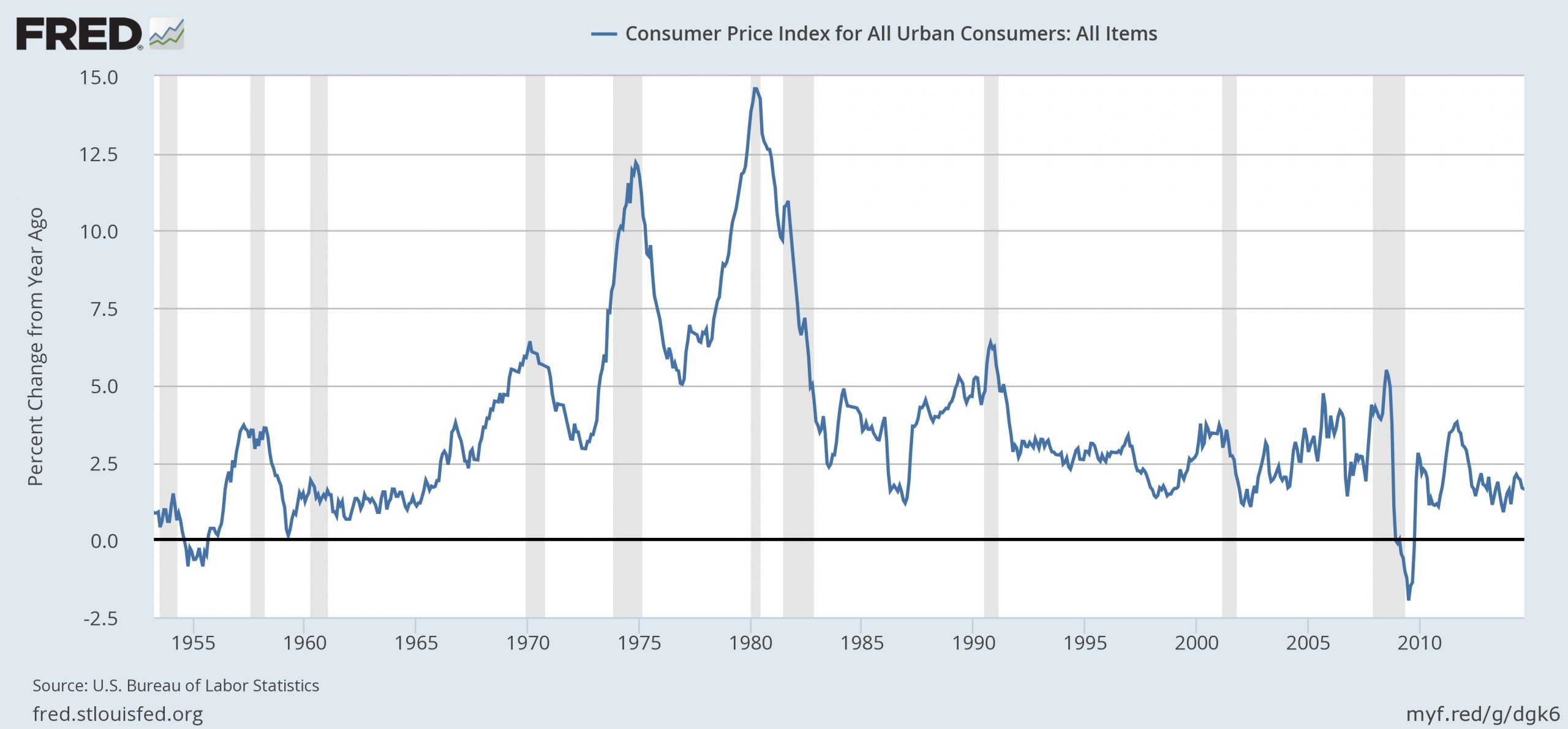The greatest threat to the credibility and integrity of the New York Times is its own employees.
Indeed, thanks to Twitter, which is a favorite for members of the press, New York Times staffers constantly embarrass themselves and their employer, whether by engaging in spiteful, small-minded partisan commentary or revealing a great amount of personal ignorance.
New York Times Justice Department reporter Kate Benner, for example, went on a tear this week, arguing that former President Donald Trump’s supporters ought to be branded as “enemies of the state.”
“Today’s [select committee hearing on the Jan. 6 Capitol riot] underscores the America’s current, essential [national security] dilemma: Work to combat legitimate national security threats now entails calling a politician’s supporters enemies of the state,” she said.
Benner added, “As Americans, we believe that state power should not be used to work against a political figure or a political party. But what happens if a politician seems to threaten the state? If the politician continues to do so out of office and his entire party supports that threat?”
She continued, arguing this “dilemma” was left unresolved by the special counsel’s investigation of the Russian collusion nonsense.
“With many Republicans denying the reality of the Jan. 6 attack,” Benner concluded, “I doubt the [Jan. 6 Committee] will resolve it either. That leaves it up to voters, making even more essential free, fair access to the polls.”
She deleted her comments later, alleging in a follow-up statement, “I deleted unclearly worded tweets regarding the Jan 6. committee hearing.”
Oh, those tweets were worded pretty clearly. Nobody thinks their meaning was ambiguous.
If it’s any comfort to Benner, she is hardly the first New York Times employee to behave in such a way as to suggest her newsroom suffers from a toxic blend of political activism and general ignorance. In May, COVID-19 reporter Apoorva Mandavilli argued it’s beside the point, and also racist, for people to continue to question whether the COVID-19 escaped a facility in Wuhan, China.
“Someday we will stop talking about the lab leak theory and maybe even admit its racist roots,” she said Wednesday in a since-deleted tweet. “But alas, that day is not yet here.”
Mandavilli actually believes we should stop discussing the origins of a pandemic that has killed an estimated 4 million people. Because the theory supposedly has “racist roots.” Uh, OK.
In February 2020, New York Times editorial board member Mara Gay blamed the Trump White House for a busted water main in East Harlem, New York, apparently unaware of both the existence of city authorities and the purpose they serve.
Elsewhere, New York Times Magazine’s Nikole Hannah-Jones also used the popular social media platform to promote an insane conspiracy theory suggesting that the fireworks set off in neighborhoods last year after July Fourth events were canceled were really part of an insidious government plot to disrupt anti-police protests by depriving black people of sleep.
And speaking of conspiracy theories, who can forget when the paper’s star reporter, Maggie Haberman, implied there was something problematic, vile even, about the Marine Corps Band performing “Edelweiss” at a White House function?
“Does … anyone at that White House understand the significance of that song?” she tweeted in 2019.
To date, Haberman hasn’t explained her meaning. The song, published in 1959 by two Jewish composers, was written for The Sound of Music, and is performed by Captain von Trapp — an Austrian who opposes the Anschluss and eventually flees his home country rather than serve as a captain in the German Kriegsmarine during World War II. So, no, it’s not clear what Haberman is getting at there. Is she suggesting the Marine Corps Band believes that Trump is Adolf Hitler? Or does Haberman labor under the delusion that “Edelweiss” is a “Nazi anthem”?
Who knows? She won’t say.
Lastly, let’s not overlook this gem from New York Times editorial board member Binyamin Appelbaum, whose area of expertise is business and economics, “I find the fixation on 1970s inflation puzzling for several reasons. Inflation really wasn’t that high, certainly not by the standards of ‘historically memorable inflations.’”
He added, “Also, high inflation was good for a lot of people. Student loan debt disappeared! Home ownership spiked!”
For reference, here is the consumer price index for the past 66 years. Note the spikes in the mid- and late-1970s:

If New York Times Executive Editor Dean Baquet had any sense, he’d quarantine his staff from Twitter. Someone has to protect the integrity of the brand.

